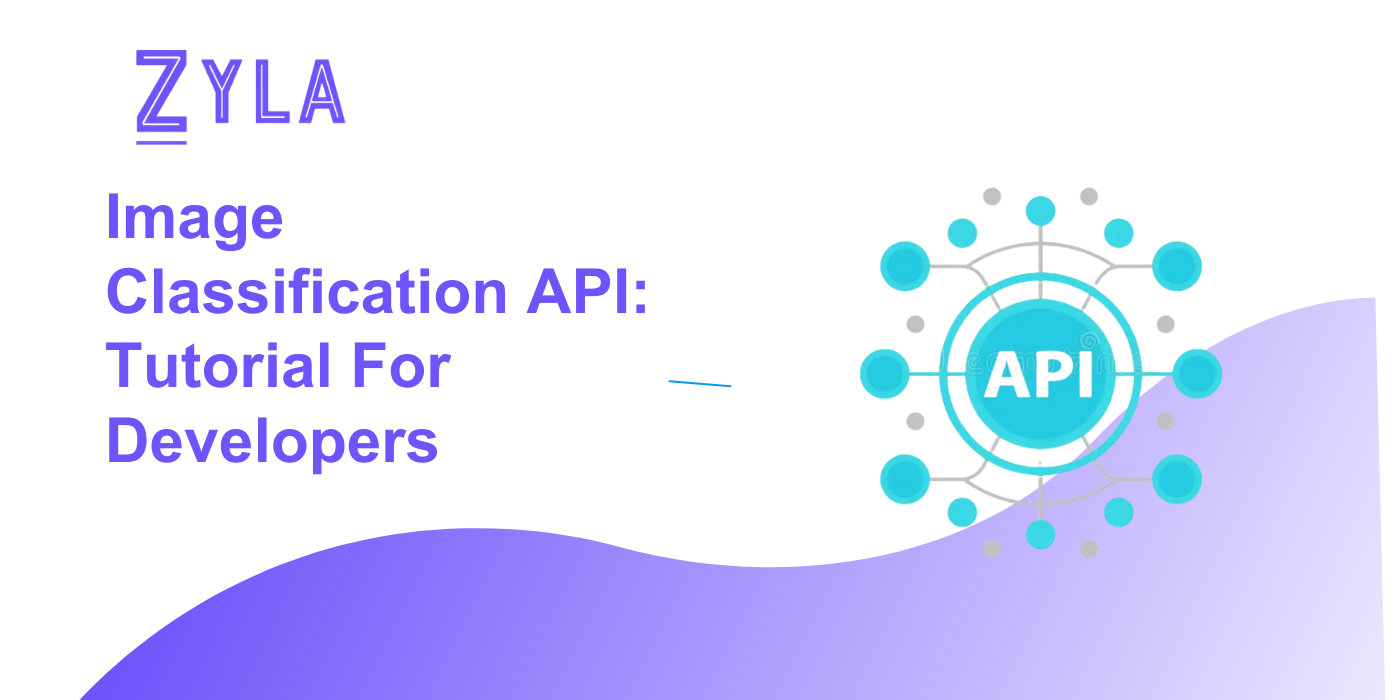Image Classification API: Tutorial For Developers

In the world of software development, image classification plays a vital role in various applications, from social media platforms to healthcare systems. Developers are constantly seeking efficient ways to incorporate advanced image analysis capabilities into their projects. One tool that stands out in this domain is the Image Classification API. In this tutorial, we will guide developers through the process of utilizing the Image Classification API to enhance their projects and unlock new possibilities in image analysis.
Understanding Image Classification API
Image Classification API is a valuable tool that empowers developers to analyze and categorize images based on their content. By leveraging machine learning algorithms and deep learning models, this API can identify objects, scenes, and patterns within images, providing valuable insights for a wide range of applications. From automated tagging to content recommendation systems, Image Classification API offers developers a versatile solution for enhancing image analysis capabilities.
Key Features of Image Classification API
- Object Recognition: The API can accurately identify objects within images, allowing developers to categorize visual content based on specific objects present.
- Scene Detection: With scene detection capabilities, Image Classification API can analyze the context of images and identify different environments or settings depicted in the visuals.
- Pattern Recognition: Developers can utilize the API to recognize patterns and textures within images, enabling advanced image analysis tasks such as image segmentation or style transfer.
- Custom Model Training: Some Image Classification APIs provide the flexibility to train custom models based on specific image datasets, enabling developers to tailor the classification process to their unique requirements.
Integrating Image Classification API into Your Projects
Integrating Image Classification API into your projects can significantly enhance the functionality and user experience of your applications. Here's a step-by-step guide on how developers can seamlessly integrate the API into their projects:
Step 1: Obtain API Access
Begin by obtaining access to the Image Classification API from the provider. This typically involves signing up for an account, obtaining API credentials, and reviewing the API documentation to understand the available endpoints and functionalities.
Step 2: Upload Images for Analysis
Once you have access to the API, you can start uploading images that you want to analyze. Depending on the API's capabilities, you can submit single images or batches of images for classification.
Step 3: Receive Classification Results
After uploading the images, the API will process them using its classification algorithms and provide you with the classification results. These results may include identified objects, scenes, or patterns within the images.
Step 4: Implement Insights in Your Projects
Utilize the classification results obtained from the API to enhance your projects. You can display relevant information to users, automate content tagging, or personalize user experiences based on the insights derived from image analysis.
Practical Applications of Image Classification API
Developers can leverage Image Classification API in various applications to streamline image analysis processes and unlock new functionalities. Here are some practical applications of integrating Image Classification API into your projects:
Use Case 1: Content Moderation
By using Image Classification API for content moderation, developers can automatically filter out inappropriate content from user-generated images, ensuring a safe and secure environment for users.
Use Case 2: Visual Search
Integrating Image Classification API into visual search applications enables users to search for visually similar images, revolutionizing the way users discover content online.
Use Case 3: Image Tagging
Developers can automate the process of tagging images with relevant labels and metadata using Image Classification API, improving content organization and search functionality within applications.
Conclusion
In conclusion, Image Classification API offers developers a powerful tool for enhancing image analysis capabilities and improving the functionality of their projects. By integrating this API into their applications, developers can unlock new opportunities for content moderation, visual search, and image tagging. Embracing Image Classification API can empower developers to create innovative solutions that leverage the power of advanced image analysis, ultimately enhancing user experiences and driving success in the digital landscape.






